I am a Mechanical Engineering PhD Candidate in Mechanics and Computation at Stanford University. My doctoral research focuses on understanding how material defects and microstructures govern macroscopic mechanical properties using computational approaches, such as metal strain hardening and homogenization of digital rocks. I did Research Interns at Mitsubishi Electric Research Labs, and Tokyo Electron. Previously, I got my MS in Mechanical Engineering from Cornell University and BS in Theoretical and Applied Mechanics from Shanghai University. I'm from Beijing.
I am interested in solving problems in mechanics of materials from atomistic to continuum scales. My research interests are combining computational mechanics, materials theory, scientific machine learning, and inverse optimization for structural and materials modeling and design, with potential impact on energy, biotechnology, and advanced manufacturing.
Ad: Please consider taking Mechanics -- Elasticity & Inelasticity (ME340), where I will be the TA. You'll learn core ideas in solid mechanics: tensor algebra, elasticity, plasticity, fracture, and fatigue (and more!). Previously, I TA'd Finite Element Analysis; here are some Problem Session notes and a short intro that might help.
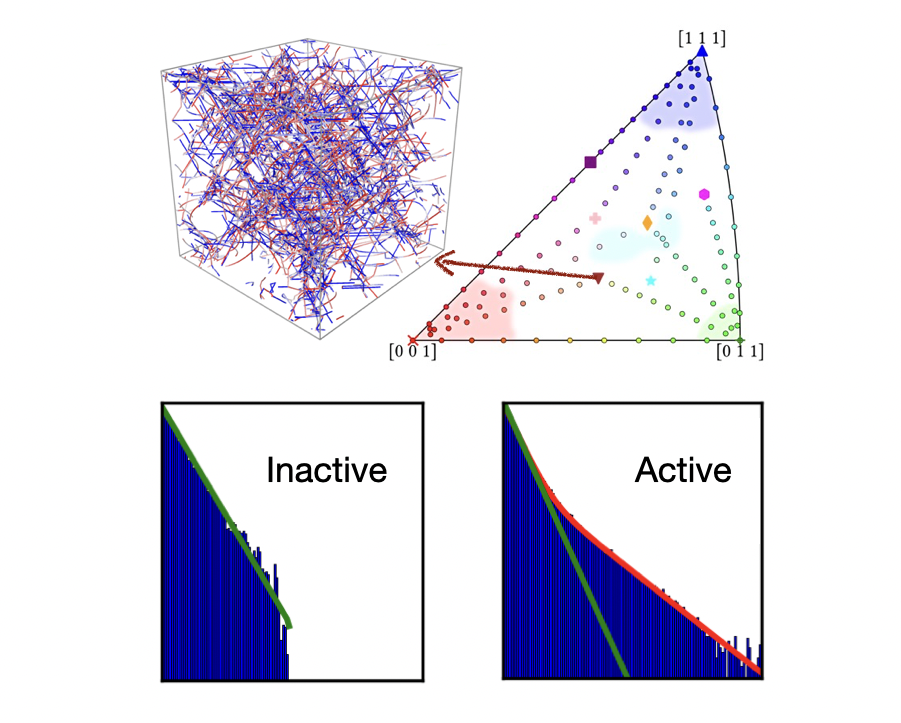 |
Akhondzadeh$^1$, Zhai$^1$, Jian, Sills, Bertin, Cai$^\star$.
Link Statistics of Dislocation Network during Strain Hardening. arXiv (2025). [Video] [Poster]
$\texttt{TL;DR}$: Over 100 DDD simulations reveal that inactive slip systems follow single-exponential link length distributions, while active ones evolve into stress-driven double exponentials—explained by a generalized Poisson process. |
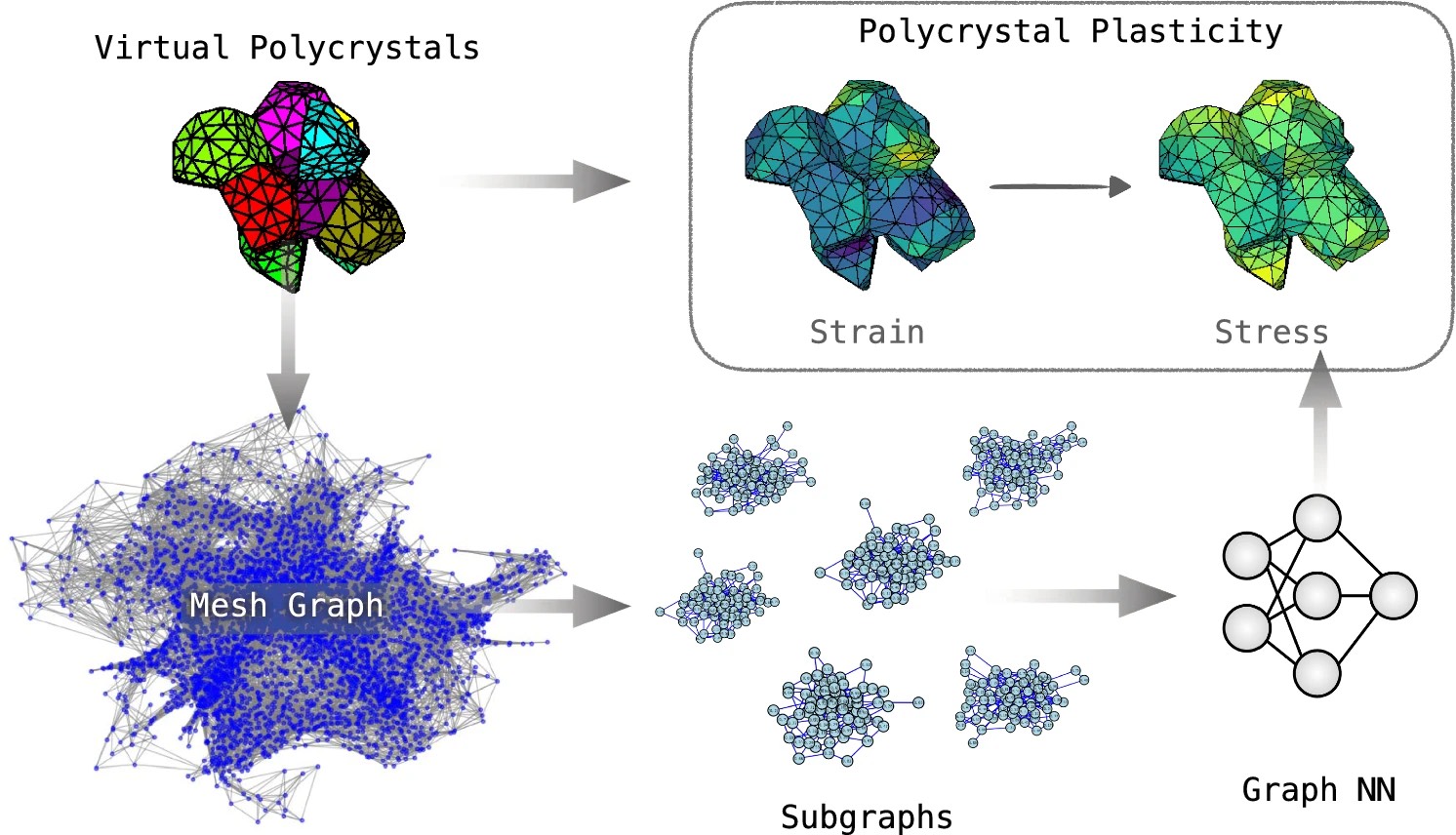 |
Zhai.
Stress predictions in polycrystal plasticity using graph neural networks with subgraph training. Computational Mechanics (2025). [Cite]
$\texttt{TL;DR}$: GNNs are used to efficiently predict stress in polycrystal plasticity, achieving over 150x speedup compared to FEM with high accuracy. |
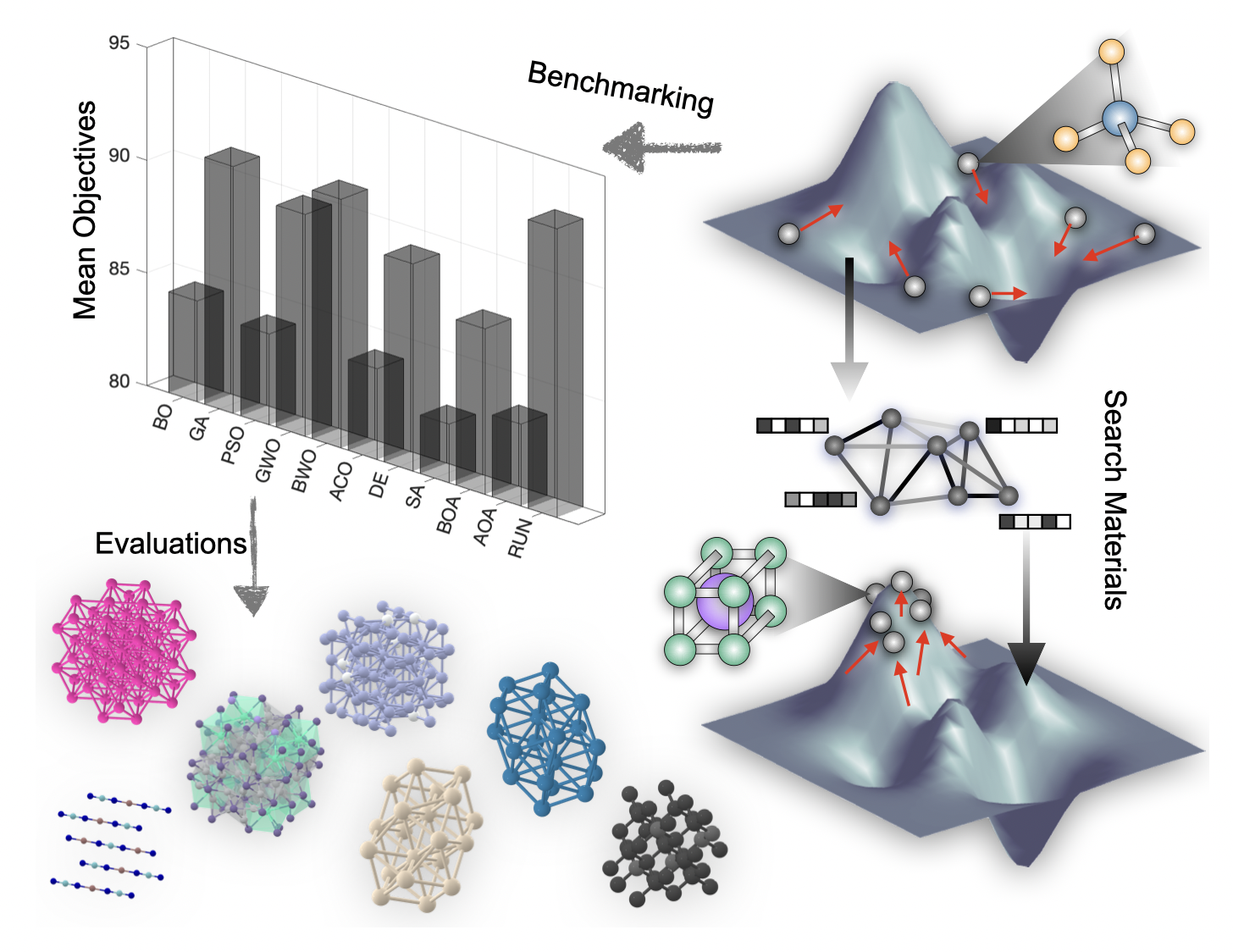 |
Zhai, Hao, Yeo$^\star$.
Benchmarking inverse optimization algorithms for materials design. APL Materials (2024). [Cite]
$\texttt{TL;DR}$: We benchmarked different heuristic and machine learning optimization algorithms for designing elemental crystals for targeted properties. |
 |
Zhai & Yeo$^\star$.
Computational design of antimicrobial active surfaces via automated Bayesian optimization. ACS Biomat. Sci. & Eng. (2023). [Cite]
$\texttt{TL;DR}$: A new workflow to digitally design antimicrobial surfaces in the mesoscale using Bayesian optimization and discrete element methods. |
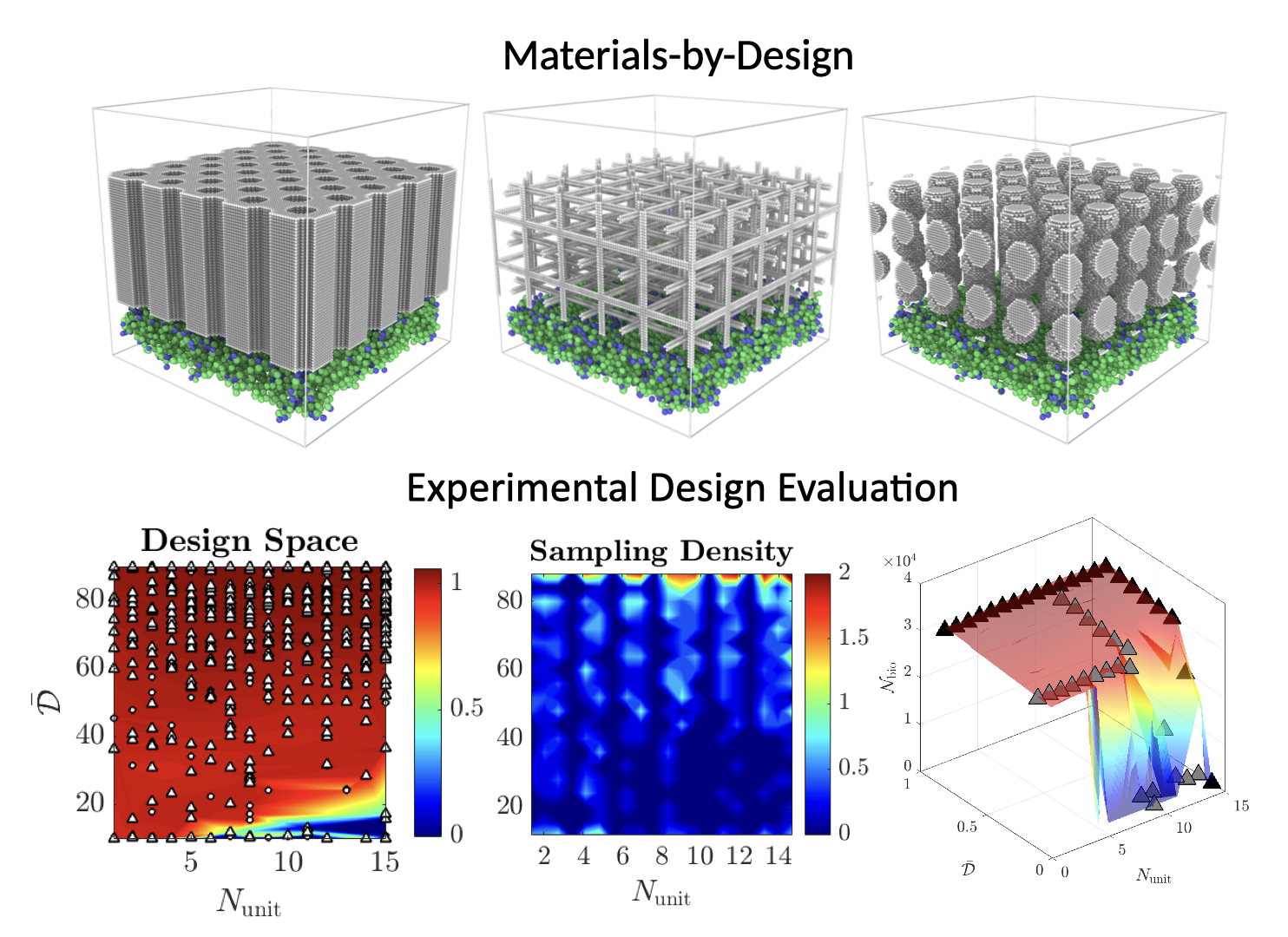 |
Zhai & Yeo$^\star$.
Controlling biofilm transport with porous metamaterials designed with Bayesian learning. J. Mech. Behav. Biomed. Mat. (2023). [Cite]
$\texttt{TL;DR}$: We use Bayesian optimization to design porous materials with enhanced biomass transport and insights into growth mechanisms. |

2025
Honored to receive the Best Poster Award for our dislocation link statistics poster at the Dislocations 2025 conference in Miami.
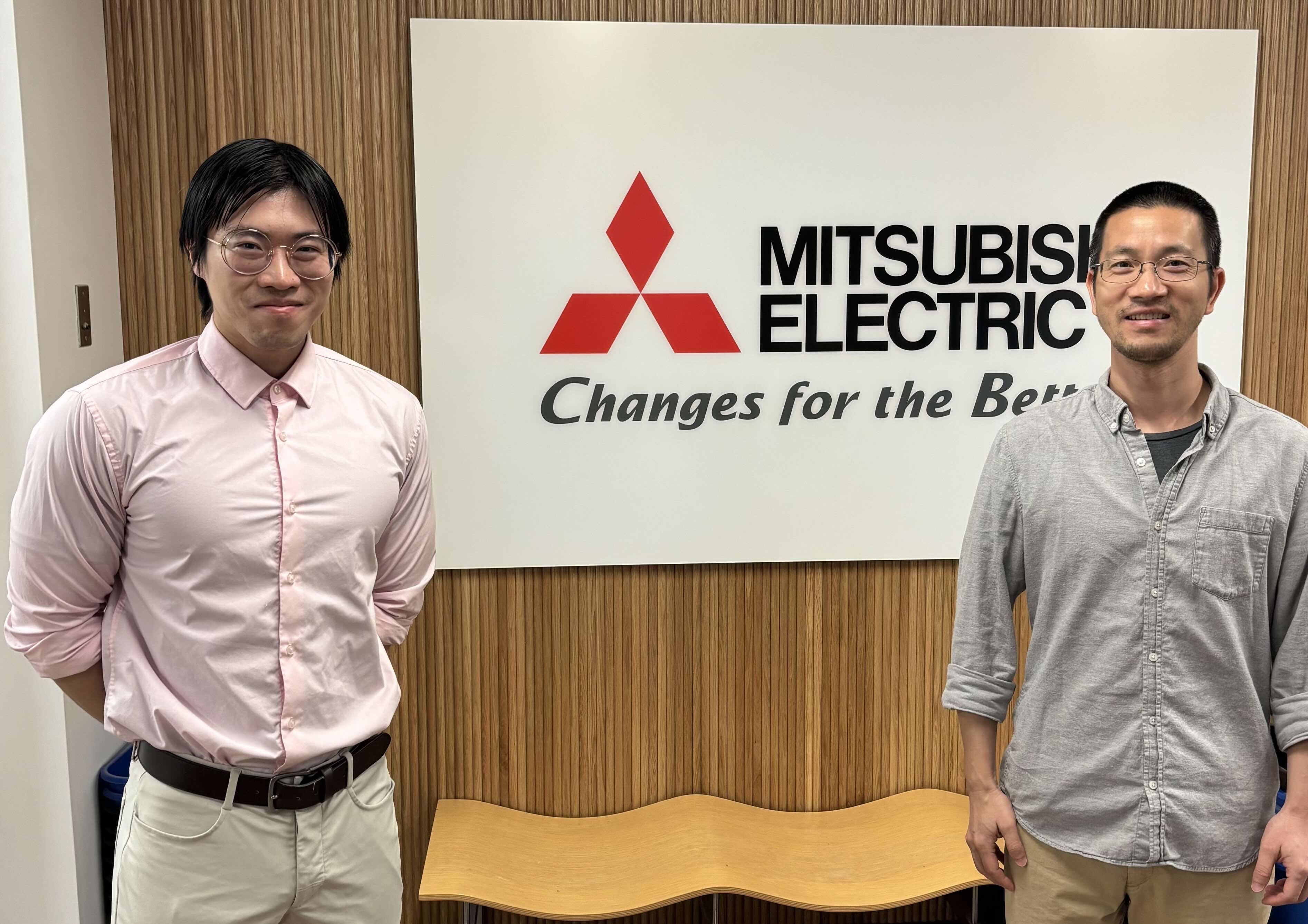
2025
Had an amazing time interning at MERL working on ML and energy systems.
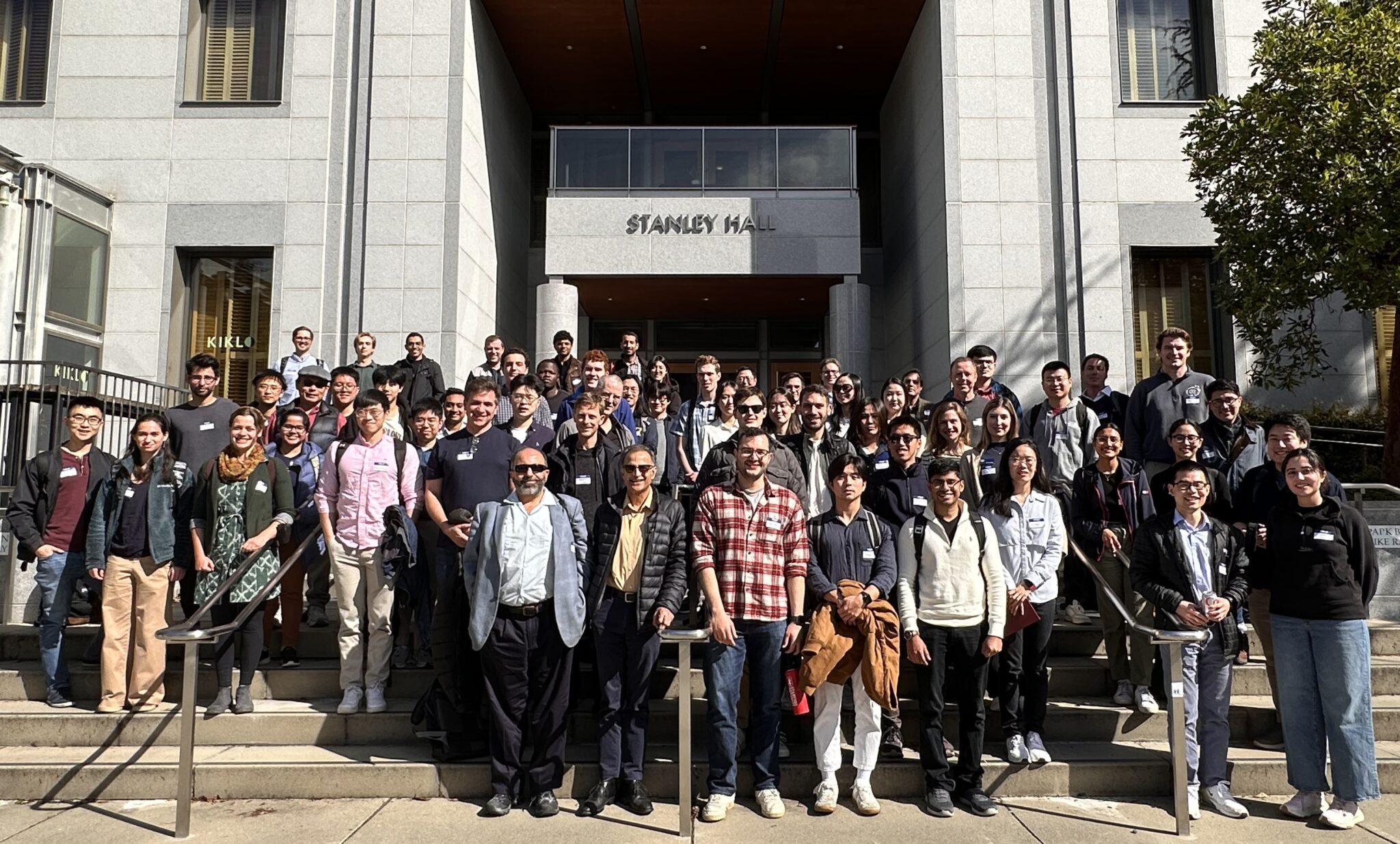
2025
We presented our recent work on a new theory of dislocation link statistics in strain hardening at CompFest 2025 at Berkeley.

2024
OpenDiS (Open Dislocation Simulator) is released! See documentation here. Learn more about dislocation dynamics.

2024
Collaboration with Microsoft Research Asia published as a featured article in APL Materials.
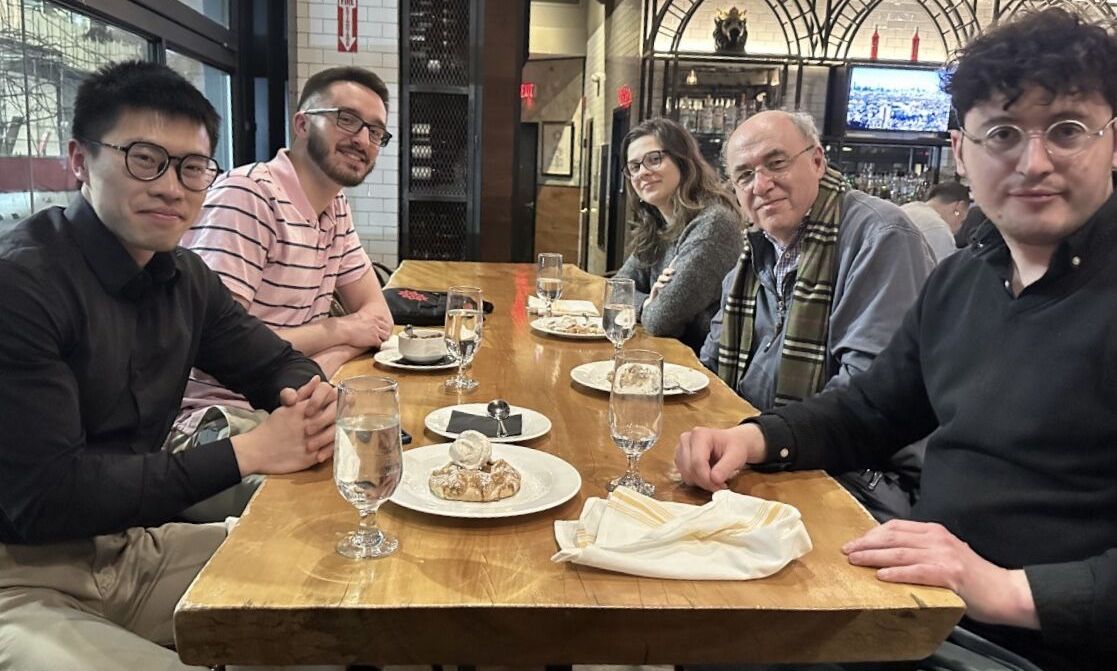
2023
With Stephen Wolfram in Boston.

2022
Our work on mesoscale modeling of biofilms is featured on the Cornell Engineered Living Materials Institute.

2022
Presented our work on molecular dynamics simulations of graphene at MoML at MIT.
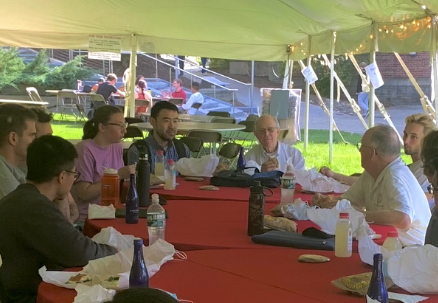
2021
With John A. Swanson at Cornell.
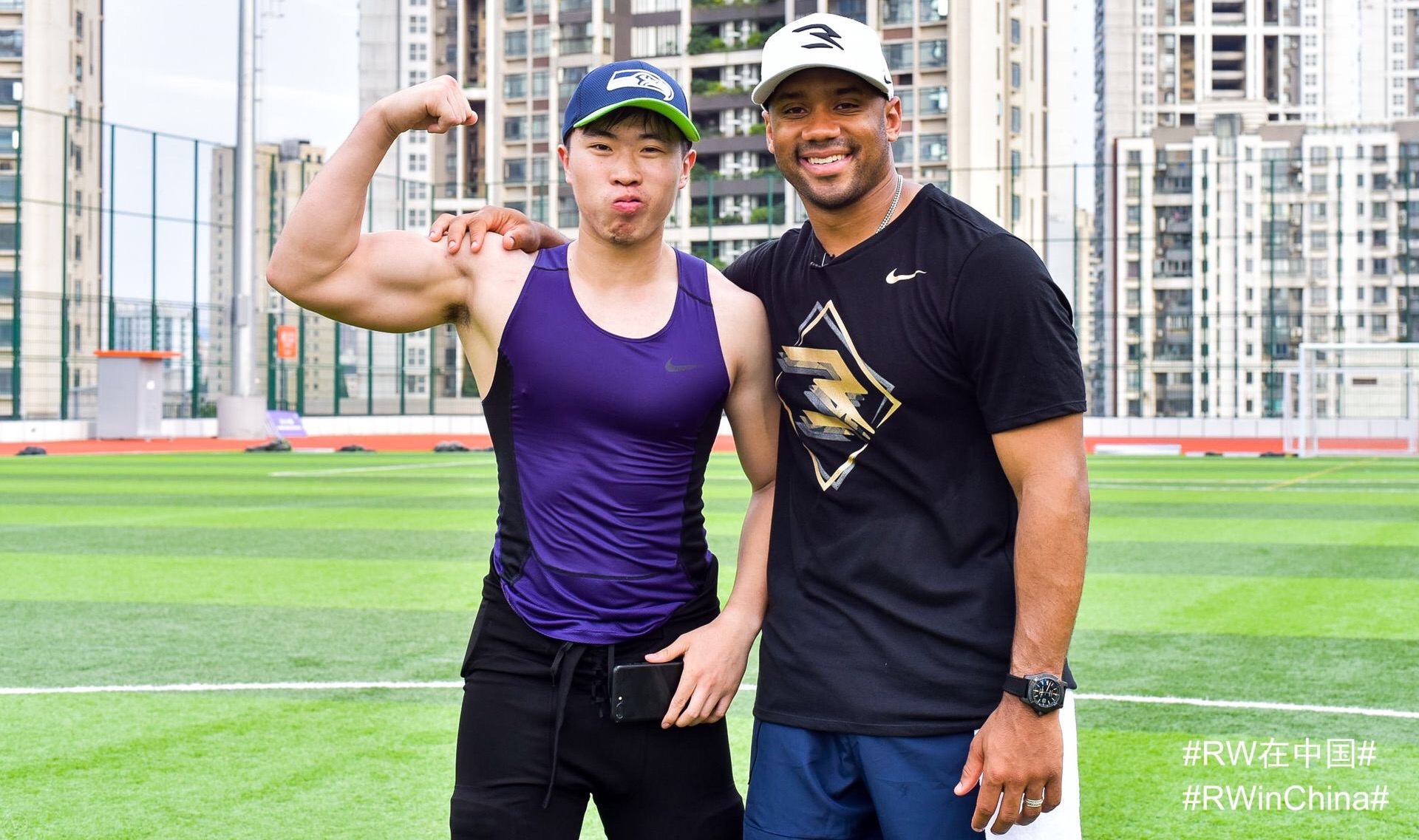
2018
Trained with Russell Wilson in Shanghai.